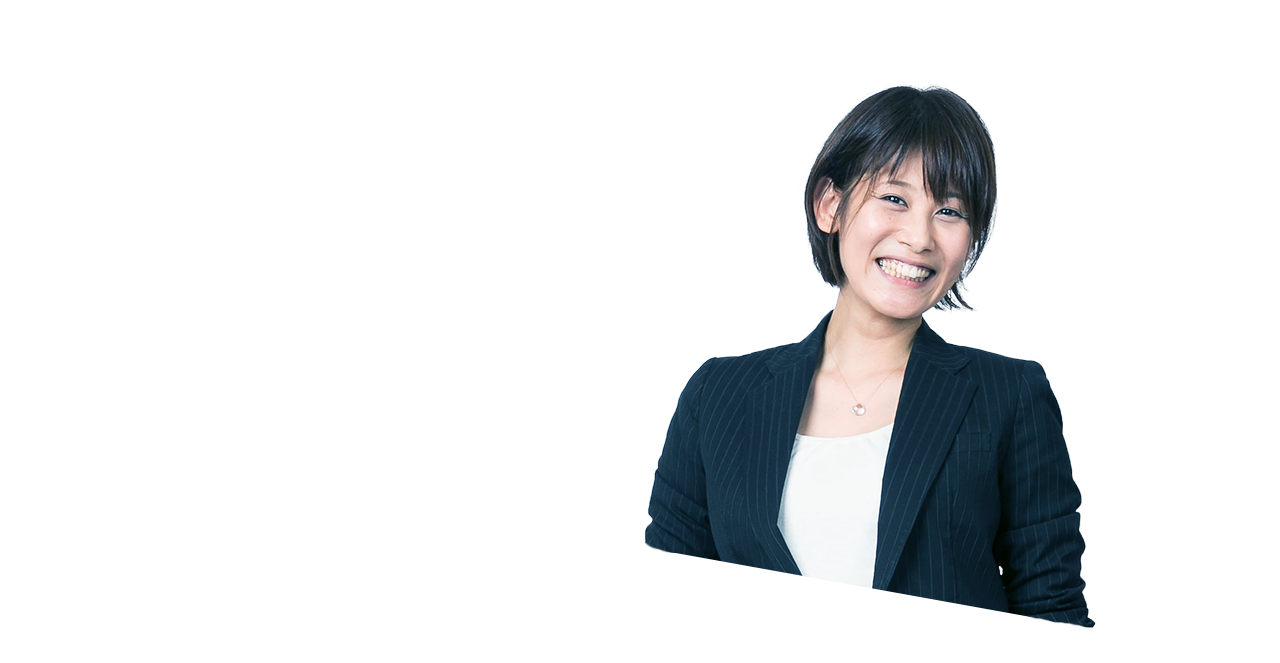
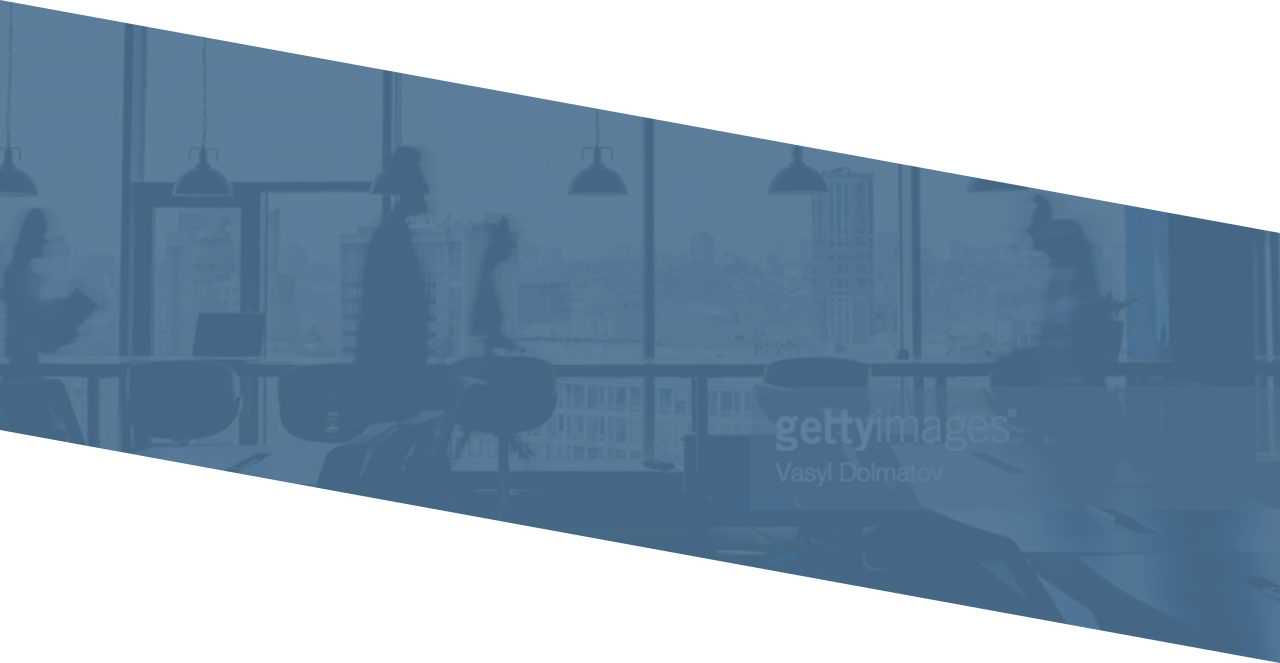
Increases buildings’ seismic
capacities for longer and safer use.
design for refurbishment

Understand buildings’ constraint conditions and responding to clients’ requests
Since the Great East Japan Earthquake struck in 2011, social awareness of earthquake resistance of buildings has increased, and I receive more requests for seismic diagnosis or design for reinforcement/refurbishment than before. In the earthquake in southern Hyogo Prefecture in 1995, many of the buildings designed before the revision to the Building Standards Law in 1981 were seriously damaged, and there are still quite many buildings not meeting the revised building standards. It is our mission to verify the safety of such buildings and conduct appropriate refurbishment or reinforcement as necessary. Targeted structures are diverse, including buildings, collective housing, factories, and even cultural properties such as Kokura Castle. For ordinary buildings, I consider the status of the structures as well as the clients’ requests such as they do not want any influence on the exterior appearance, or they hope to use the building while reinforcement work, and I try to suggest the best suited construction method. In cases of cultural properties, on the other hand, it is a condition that such social assets keep their appearance as much as possible, and therefore ingenious attempts are further required in renovation design.
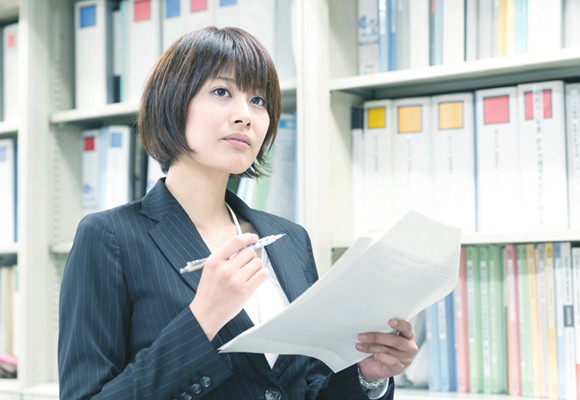
Taking action to grab “the work you want”
You may have an image that our work is “to do what the company undertakes to do,” but that is not all. It is a KKE’s style that we pull in work based on our own will by appealing to the sales staff about "what kind of work we want to do” and “what we can do.” Although not in every case, we are allowed to define a direction of our own work, and that gives us high motivation. The most impressive work I did since I joined KKE was a renovation design for a certain cultural property. I struggled very hard with no experienced person around to ask for help and not knowing what was the right answer. Figuring out everything from scratch, including how to model a building and how to analyze and evaluate it, I could finally manage to get it into shape after spending a whole year. Although I was filled with anxiety along the way about the uncertainty of the work, I was able to get through by saying to myself that “I will be second to none in this field if I can accomplish this project.”
My ordinary day
-
9:00 a.m.
Arrive at work, check progress of the team, meeting
-
10:00 a.m.
Design and analytical work
-
12:00 noon
Lunch
-
1:30 p.m.
Meeting with a client
-
3:30 p.m.
Design and analytical work, adjust policies
-
4:00 p.m.
In-house review (video conference)
-
5:00 p.m.
Continue the design and analytical work
-
8:00 p.m.
Leave office
We are given “a stage to implement the challenge”
KKE is a company that gives each of us a fair evaluation, regardless of educational background whether you are an undergraduate or postgraduate. I graduated with a bachelor’s degree, but I never feel being treated differently in terms of work allocation. In the conduct of my work, I have many colleagues willing to help me solve problems, so I can enjoy working with them. I also like the corporate culture where "I can take on a challenge for what I want to do" instead of just implementing a given mission. If I were to express KKE in my own words, it is a company that gives a challenger a motive and a stage for implementation. Personally speaking, I have a strong interest in preservation of cultural properties and making proposals on disaster preparedness for companies’ business continuity. My idea is to take advantage of this environment where the company encourages staffs to take on a challenge, and to pave the way in the new field where there is no existing solution in place such as those for cultural properties.
Staff Interviews
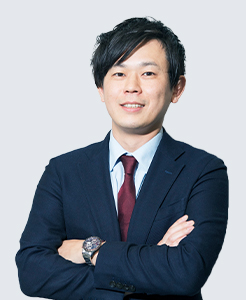
Disaster Preparedness
BIM Design
Stationed in Kumamoto, he travels around the country, pursuing architecture of the future.
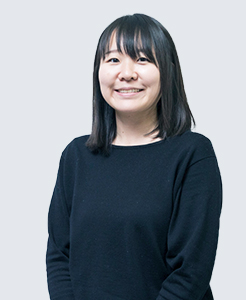
Design support for manufacturing industry
Promoting innovation of manufacturing industry with “Design Automation”

Telecommunication
Radio wave propagation
Challenge the radio wave utilization frontier beyond the border of companies and nations.
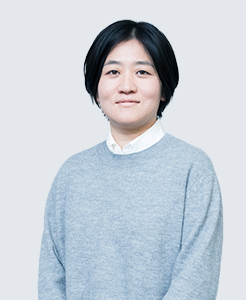
Disaster Preparedness
Creation of earthquake motion
Using fostered “earthquake motion” technology for a more critical mission.
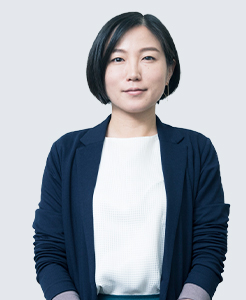
Cloud Service
Sells a global service supporting companies’ e-mail distribution
to the Japanese market.

Disaster Preparedness
Simulation of indoor damage
Contributes to social security and safety via technologies to protect people and facilities in buildings.
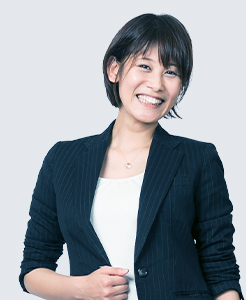
Disaster Preparedness
Seismic diagnosis, design for refurbishment
Increases buildings’ seismic capacities for longer and safer use.
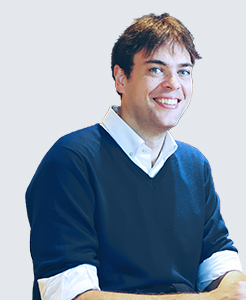
Disaster Preparedness
Structural design, Wind power facilities
Connects domestic and international companies and professionals to contribute to increasing wind power.
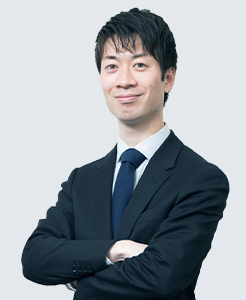
Indoor 3D map
While listening to the clients’ problems, contribute to productivity enhancement with the latest technology.



